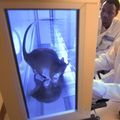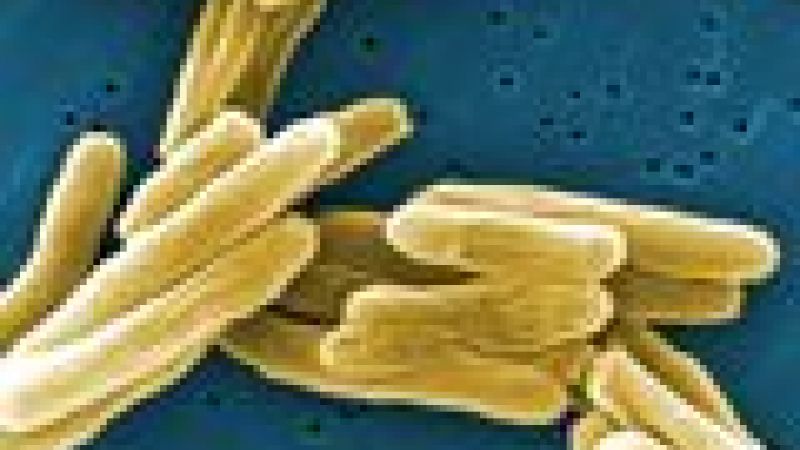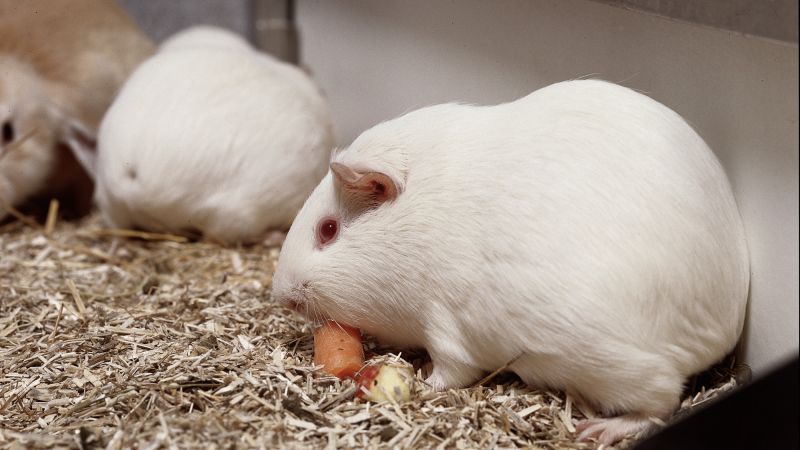 Gambian pouched rats are being used by scientists to sniff out tuberculosis in mucus samples. The new method could provide a quick and cheap way to detect the disease in the developing world.
Gambian pouched rats are being used by scientists to sniff out tuberculosis in mucus samples. The new method could provide a quick and cheap way to detect the disease in the developing world.
The rats are trained from an early age to detect the tuberculosis bacteria amongst the many other bacteria in the human body. Trainers put positive and negative mucus samples under ‘sniffing holes'. They are rewarded with peanuts and bananas for spending longer at positive tuberculosis samples and so learn to sniff only at these samples. The training process takes about six months.
Modern machine tests for tuberculosis are very expensive. The alternative is smear microscopy, in which dyed samples must be examined under the microscope for the presence of tuberculosis bacteria. But the bacteria can only be picked up if there is a high concentration. This causes many positive cases to go undetected.
Researchers compared the detection sensitivity of smear microscopy to Gambian pouched rats. Analysing 10,523 samples using a microscope they detected 1,403 that contained the disease. Rats sniffing the same samples detected tuberculosis in nine tenths of samples identified as positive using a microscope. But the rats detected a further 1,418 positive samples missed by the microscope. Many of these were later confirmed by closer microscope analysis to be positive.
While the rats display noteworthy detection abilities and are much cheaper than alternative methods, scientists caution that the results are only preliminary. It is unclear whether the rats must be periodically retrained or what effects the rats' environment could have on their detection abilities.
Read more about the detection work Gambian pouched rats can be trained for and an organisation using them.
Read more about tuberculosis here.
Last edited: 27 October 2022 18:41



